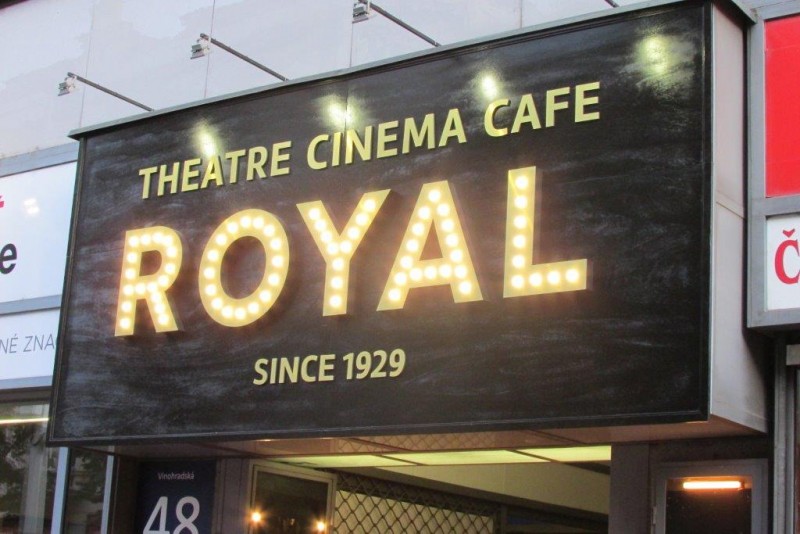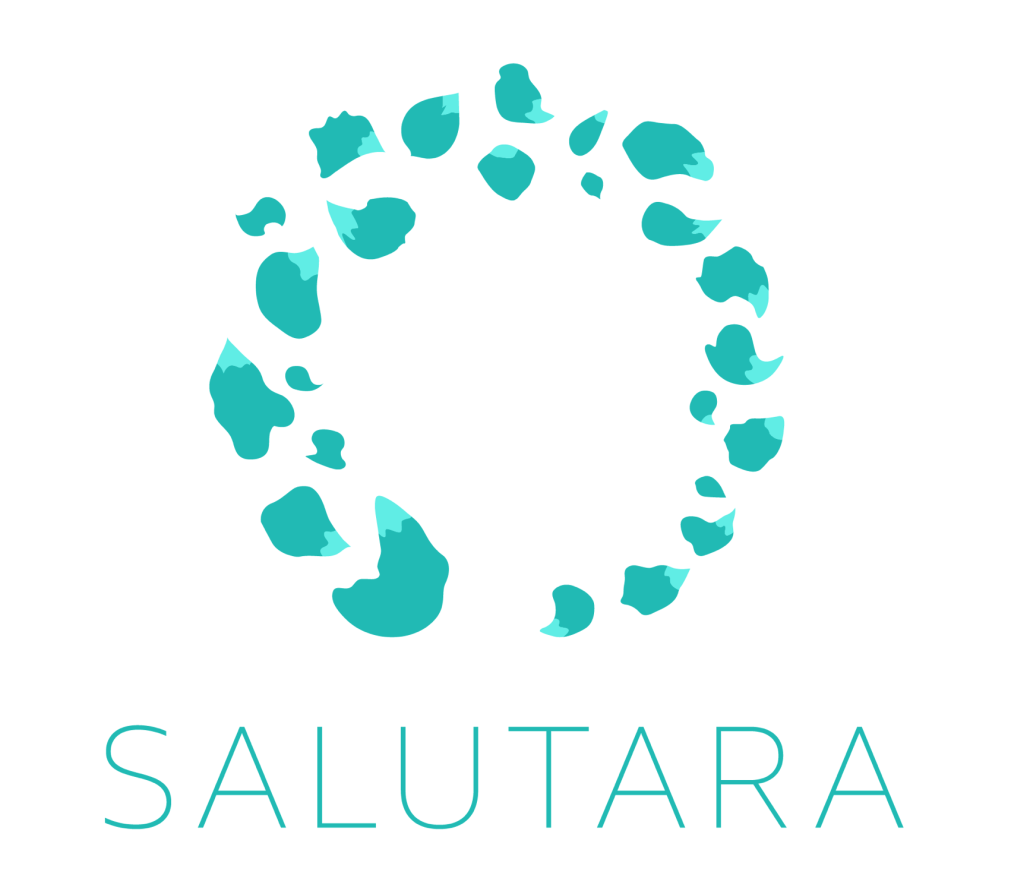Stream.Plus: Netflix for Brands
Stream.Plus is the last video platform brands will ever need, according to Founder Marek Novy. Late of Seznam.cz and also a longtime StartupYard mentor, now turned StartupYard member, Marek has spent his career in digital media, and says that the current video advertising market is fundamentally broken.
Stream.Plus is designed to offer brands, as well as viewers and video curators, a better model for monetization of high quality branded video, and the growth of MCNs (Multi Channel Networks). Stream.Plus is based on a viewer-centric approach to online video, and bills itself as “Netflix For Brands.” I caught up with Marek this week to talk more about his startup: Stream.Plus
Hi Marek, Tell us a little bit about yourself and Stream.Plus.
My passion is learning and building new things, it is my name anyway- [Novy means “new” in Czech]. I quit my job at Seznam.cz, because I feel I have to do much more learning and building than I was able there. But it get me thinking about future of media and I also met my cofounders there. Stream.Plus is the materialization of our vision of where media, and specifically video, is going.

Marek Novy, Founder and CEO at Stream.Plus
What makes Stream.Plus different from other streaming video platforms? What can you do that can’t be found on YouTube or Facebook?
The most important difference for me is the purpose, even though it might be not so obvious. Our purpose is to help organizations, brands or individuals to build and operate their own media properties so they can have a direct relationship with their customers. The real business purpose behind YouTube or Facebook is to be a middleman between users and brands so they can sell user’s attention to advertisers.
That’s a basic conflict between brands and companies like Alphabet and Facebook. The interest of the brand is more and more in building an audience for their product- not just selling products one by one, but developing customer loyalty around the brand and the ideas and culture it is a part of. But YouTube, as a particular example, has more of an interest in moving customers between channels- from one video to the next, in order to display their direct advertising.
For YouTube, it is of more value to have a user not remain in one particular stream of content- but instead to jump around to allow different ad-impressions to be sold at higher prices. Basically, the user is the product, and advertisers are the customer. That model is becoming quite unsustainable- especially when you consider that typically, YouTube users now skip video ads within seconds- which drives YouTube to make their ads more aggressive, and more pervasive.
On a product level Stream.Plus is primarily about human-created playlists. They are important, because they drive a type of user experience which is really missing in online video. Human-created playlists are trending in streaming music and they have even stronger value in video. We improve playlists to combine short and long form content so that users can choose how much time they spend on a topic.
The big difference here is that we preference real users’ interests, and not that of advertisers. The media companies and brands on our platform will compete for eyeballs with their high quality content, not for the cheapest ad space available.
We also think that a video is a great tool for direct in-video shopping and lead generation. We provide conversion buttons in videos and eventually we want the whole buying process to happen inside a video. This keeps the customer’s interests as the main priority- people don’t want to be taken away from content they enjoy, and people want to have a relationship with the brands they buy from. We can accomplish both with Stream.Plus.
More and more, brands are becoming direct content providers, through Social Media, Youtube, and elsewhere. How can brands use Stream.Plus to help them build their audience?
Social media and YouTube are great places to be present in order to attract users. But sound brand strategy has to go beyond that. Otherwise a brand is being used by social media instead of using it.
Stream.Plus provides tools covering a complete user journey starting on branded social media channels or the social media channels of an influetial person, going through branded online tv properties, then mobile apps, and finally reaching a point when a user is ready to buy or provide a lead. This journey is about gradually building trust and earning permission to give a user a business proposal.
Brands have to accomplish that by creating content people want to see- not by forcing them to see content that they haven’t asked for.
How have MCNs (Multi-Channel-Networks), evolved in the past decade, and in what direction do you see the industry growing now?
MCNs are my favorite subject. They are essentially the most recent evolution of the media industry.
I think both traditional media and marketers can learn a lot from them. They’ve kind of organically grown out of the YouTube ecosystem. They started as pure aggregators of channels to get better deals from advertisers. Later they built various analytical tools and technology to help creators to be more successful. The most successful ones are actually those who thought beyond YouTube. They are building full-scale media companies potentially totally independent from YouTube, using the platform to their advantage instead of being used.
Multi-Channel Networks are not a small industry anymore. Many of the networks that were originally built on YouTube are now worth hundreds of millions of dollars as media companies, with their own loyal followings, products, and diverse revenue streams. We want to create a way for brands to jump into this next cycle of evolution in media, and grow where their audiences now live.
Let’s talk a bit about the service. What are some of the features that users can experience? What kind of content and experience are you going to provide?
I can best illustrate it with some examples. Let’s say you saw a post on FaceBook with a video that your friend shared about a musical. You click on the video to see what it’s about. You will end up on our platform watching a large, almost full screen teaser video about the musical, which is typically 20 seconds long. If you don’t respond to it, we will show you another teaser video, for instance, a Lion King. It is a great one, you actually want to really see it after watching that video. You can now directly book a ticket from the video or choose to learn more about show by watching more videos about it.
People want to be in control of their buying experiences more and more. They want the joy of discovery, not an advertising hammer, pounding on them to buy, buy, buy. We have to help brands evolve into the free-media space, so that they’re speaking the same “language,” as their customers.
Entertainment is a great vertical for us because trailer videos are often a joy to watch anyway. Interviews with actors, backstage videos, etc are all very interesting content to watch. This can be linked directly to ticket booking. Cars are another interesting vertical with videos like car reviews, tuning and car improvement tips, auto sport videos, drifting shows, etc. Fashion is another area we will explore by working with fashion retailers to essentially build a small MCN for them with selected creators to run many shopping channels in parallel for different audiences.
How do you plan to monetize Stream.Plus?
We have a free plan if you don’t need video hosting from us. Your channel will be a part of stream.plus web and mobile apps. This is a great option if you want to create a channel that is your own personal selection from other people’s videos on our platform or from YouTube. You can build an audience there and upgrade later without losing them.
Then we provide a subscription plan based on how many monthly active users you have. It includes video hosting and your own branded web and mobile apps. You can choose to integrate it into your main website or run it on a separate domain like “brand.tv.”
Next you can decide whether you want to work with our network of creators and social media influencers. They will either promote your product in their videos or recommend your content to their audiences. You provide them with your marketing brief and a reward for them which is typically a CPC or CPA model. We take a share of this revenue.
Can you talk more about the E-commerce potential in Stream.Plus? How can consumers use the platform for a better shopping experience
There are some categories of products which can be sold much better from video than webpages. In-video shopping is the next big thing in e-commerce. Honestly, there have been many attempts to do it, it is a kind of obvious, and they have all failed.
As usual, I think, there is no single key to break it, it will come from a right combination of several factors. YouTube is an obvious place, they have actually tried several times, but it is simply not compatible with their goals as a platform. There are so many distractions in YouTube’s UI, that a new buy button is yet another distraction. Our approach is no distraction besides call-to-action buttons during video viewing, to make it much more powerful. Affiliate programs for creators and influencers is another ingredient to make it work.

The StreamPlus Team
What’s been the biggest challenge for the Stream.Plus team since joining StartupYard? Why?
We are shaping our product offering into something our customers can easily understand and relate to. I have to thank StartupYard and all mentors that they have been a great help. Due to my online media background I tend to unconsciously expect that people have insight into media mechanics and that some trends are rather obvious. StartupYard and the mentors have opened my eyes to how important it is to be able to clearly communicate our vision and story.
People are currently obsessing about media ownership, but media was kind of “owned” by advertisers from the beginning.
Are there any particular mentors who had a disproportionate impact on your company’s development? How so?
There have been a bunch of mentors who provided valuable contacts and insights to us. I am currently waiting for a meeting in a big agency network, this type of partnership can have disproportionate impact on our development, but we don’t know yet.

Where do you hope Stream.Plus, and branded video content in general, will be in the next 5 years?
The next 5 years will be quite dramatic for the TV industry, which is the last media sector to be really disrupted by online world realities, especially in the US, where the TV industry has been able to prolong the business status quo most successfully.
Stream.Plus wants to be a leader in permission based video content marketing. We want to define a new balance point between users as content consumers and marketers who are paying for the content. I think this relationship has to build from permission marketing principles (defined by Seth Godin in 1999) and transparency. Branded content channels are actually more transparent than “native” advertising on 3rd party media.
Are you currently looking for partners or pilot customers? How can people get in contact with Stream.Plus?
We are looking for forward thinking brands who are essentially willing to transform into media companies. We are also looking for agency partnerships, because in our vision of the future, creative agencies will create content and grow audiences for many brands at once.









 Mergim Cahani is the Founder & CEO of Gjirafa, Inc (
Mergim Cahani is the Founder & CEO of Gjirafa, Inc (

















